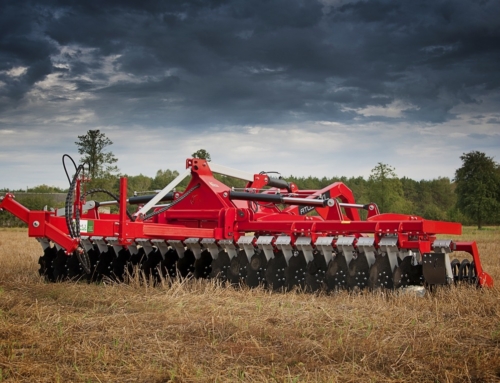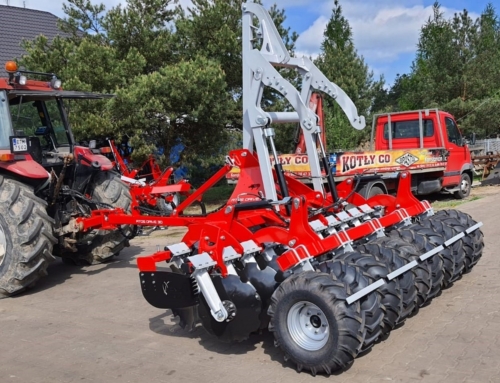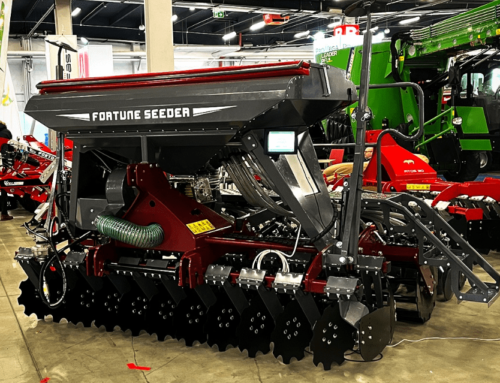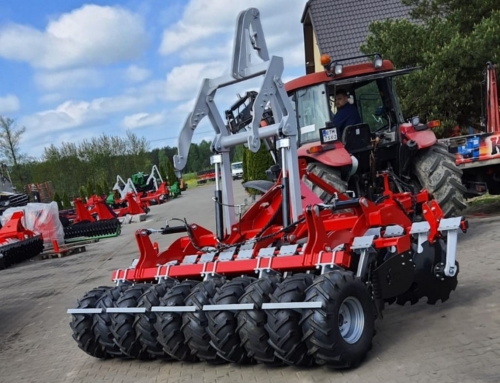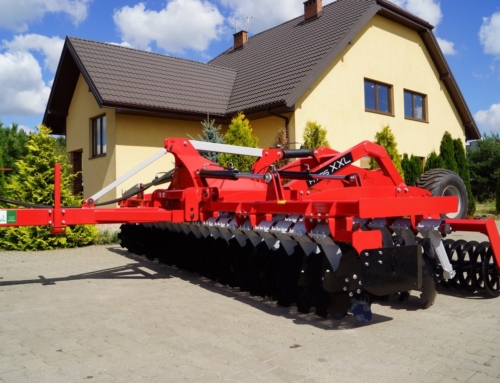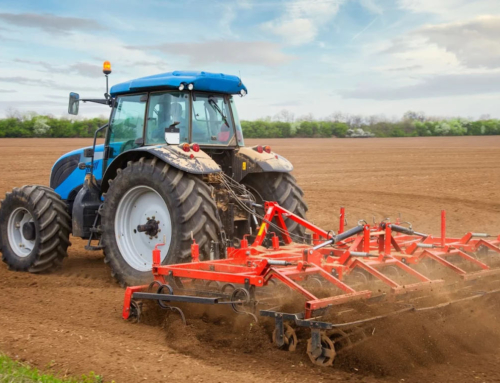Orca This is a basic cultivation procedure that affects the quality of the soil, and thus the yield and quality of the crop. Therefore, farmers try very carefully to select its depth to the conditions in the field so that it brings the greatest benefits. Fortunately, it is not that difficult, all you need to do is observe the condition of the soil and, depending on its smaller or larger needs, plow it to a given depth. Check in which situations a deep tillage machine should be used and when a shallow tillage machine should be used.
- At what point does the soil need deep plowing?
- When is shallow tillage performed?
- Agricultural machinery for shallow and deep plowing
At what point does the soil need deep plowing?
Deep plowing is defined as cultivation at a depth of more than 20 cm, which causes visible crumbling and mixing of the soil. Moreover, this action allows you to regulate important relations in the soil, including air, water and thermal. They are of key importance in shaping the physical, chemical and biological properties of the soil. For deep plowing perfectly prevents water shortages, breaks the hard plow sole, aerates deep layers, copes with large amounts of crop residues, and eliminates weeds and pests.
However, it does not always work, because frequent work at depths causes us to disturb the biological environment. As a result, microorganisms degrade, which reduces the humus content due to the disturbed decomposition process of organic substances. In such a situation, we should immediately change the cultivation to a shallower one to rebuild the biological properties of the soil.
When is shallow tillage performed?
Shallower tillage undoubtedly favors the development of soil microorganisms, which play an extremely important role in maintaining the biological balance of the soil. Among other things, they help improve the structure, growth and protection of plants and, above all, are responsible for the circulation of organic matter through the natural ability to decompose crop residues.
Moreover, shallow plowing of less than 15 cm levels the field well and covers the remains when it should not be deep, e.g. in winter. In winter, the soil is too wet to work at greater depths. More precisely, we would then obtain the opposite effects, worsening its structure.
Plowing Plow it does not cope well with the presence of a plow sole, i.e. a difficult-to-permeable layer of soil created as a result of frequent passages of large wheeled machines or constant cultivation at one depth. Therefore, sometimes the best solution is to simply use the treatments alternately, setting sometimes a shallower and sometimes a deeper working height of the tools.
Agricultural machinery for shallow and deep plowing
When it comes to agricultural machines intended for tillage, they should be replaced tilling sets, which, depending on the model, can offer the user shallow, deep or both depth treatments. Devices with claws are particularly suitable for deep tillage work, as they allow them to easily penetrate the ground. One such machine is Głębosz tillage cultivator. Why is it worth choosing him? Because it allows you to select the appropriate angle of attack when digging into the soil, it easily breaks off the topsoil and loosens the soil at a depth of up to 50 cm.
However, for shallow treatments in pre-sowing tillage, we recommend disc harrows, including: ATOS disc harrow. It is characterized by a spacing of two rows of discs spaced 800 mm apart, thanks to which it offers uninterrupted operation in all conditions. In addition, it is equipped with tilling roller, which allows for more effective compaction of the soil to achieve better decomposition of organic matter.


